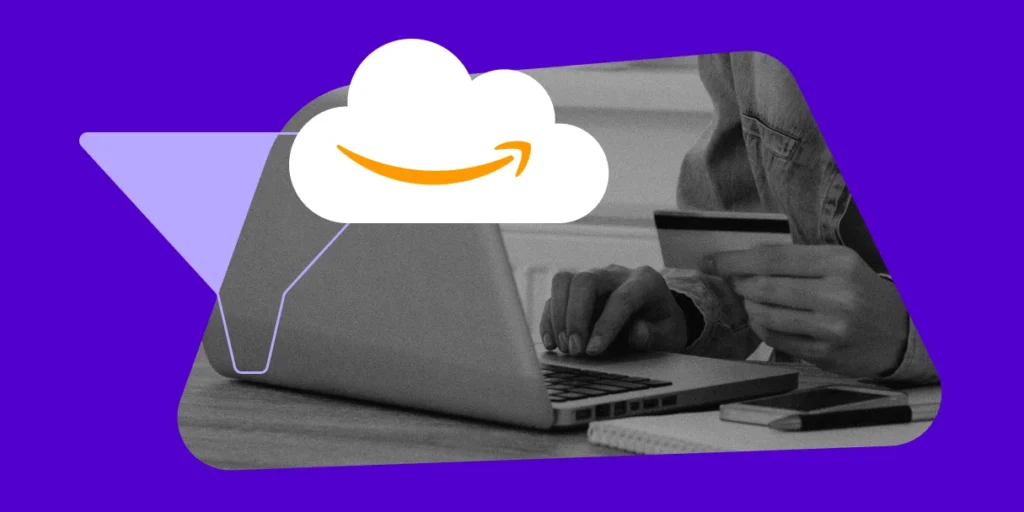Your supply chain is a key cog in the overall health of your business.
Its arrangement determines your procurement and sourcing costs, your shipping and delivery capabilities and, further on down the line, your profits and long-term revenues.
A well-optimized supply chain? That equals a low-cost, high-yield operation.
A poorly optimized one? Well, that’s something to avoid at all costs — at least if you want to be in business awhile.
Need help with supply chain optimization for your business? Not sure how to tighten up your end to end supply chain management approach?
This guide can help.
Supply Chain Optimization Models
There are several models you can use for end to end supply chain management.
The right one for your business really depends on your short- and long-term goals, as well as the type of operation you’re running.
Here are some of the most common:
1. Tier 2 supplier management
You might get your products and materials from one supplier, but where do they get theirs?
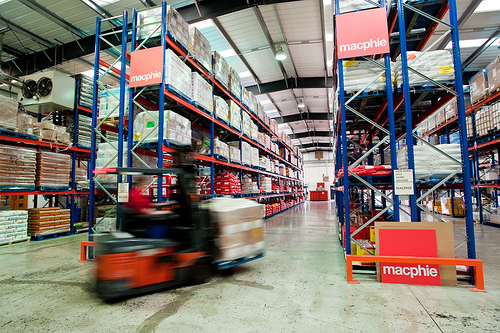
Tier 2 management focuses on optimizing those behind-the-scenes suppliers — the ones supplying your suppliers and other vendors with materials. Track down who those parties are, and start negotiating.
The more savings you can net your suppliers, the more those savings will trickle down to you and your customers. You can also help your suppliers find better deals with outside sources.
2. Supplier inventory management
This approach focuses on optimizing the amount of inventory your supplier carries in relation to your business.
If they’re carrying too much, it costs more to house and manufacture. If they have too little, it means fewer sales and lower revenues.
The key here is sharing accurate demand and order data, as well as tracking seasonal and annual trends. You also need to understand supplier lead times to optimize inventory levels best.

As seen in the image above “Currently Out of Stock” are four words no vendor ever wants to hear.
“Not only do inventory stockouts send a signal to Amazon that you are an “unreliable” vendor, but they also negatively impact your sales rank and give competitors a chance to capitalize on your marketing dollars.”
– Pat Petriello, Head of Marketplace, CPC Strategy.

“Inventory is the fuel for your advertising engine. Proactively preventing stockouts is the equivalent of ensuring ongoing advertising security.”
3. COGS management
COGS (Cost of Goods Sold) management focuses on lowering your overall product costs. It involves negotiating — and renegotiating on a regular basis — with your vendors and suppliers.
The thought here is that as time passes, your vendors should have fully optimized their processes based on your needs and demands. That means lower production costs for them which should, in turn, mean more savings for you.
4. Logistics management
With logistics management, you focus on achieving the lowest cost shipping and delivery costs — while still offering customers the delivery times they’re looking for.
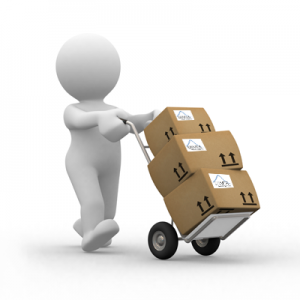
Optimizing the logistics end of your supply chain takes detailed demand forecasting, as well as a good handle on your suppliers’ lead times.
With this information on hand, you can help reduce the number of costly expedited, overnight and rush shipping costs which eat into your bottom line.
You should also consider using RFP — requests for proposals — when vetting potential supply chain vendors. This gives each vendor a chance to present helpful, cost-savings solutions you might not yet have thought of.
After all, they’re the experts in their field; leverage that, and take their advice (but make sure you compare other options, too).
Amazon’s Supply Chain
Retailers can learn a lot from the Amazon supply chain strategy – especially with the company preparing to launch its own delivery network, a la Fedex and UPS.
Jeff Bezos and his organization have found a way to optimize nearly every piece of the supply chain puzzle – from warehousing and inventory management to delivery times and prices.
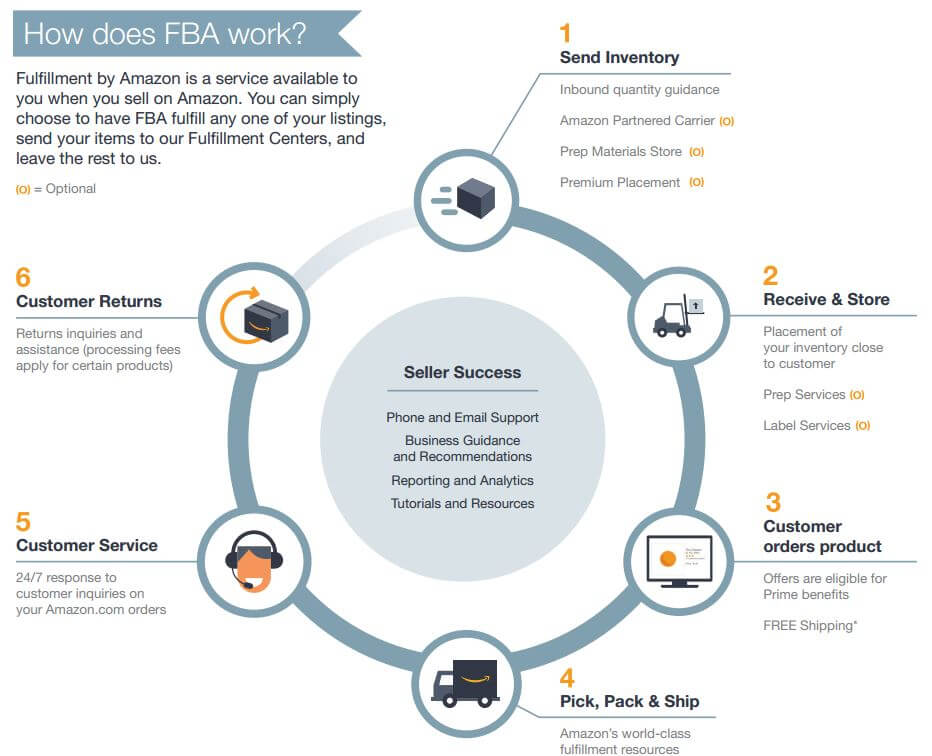
They’ve even added drones, robots and other high-tech strategies into the mix.
The result? It’s made Amazon one of the most popular – and most profitable – retailers in all the world.
“If a shopper knows they can get free two-day shipping and the unmatched customer service experience they get with Amazon, they will often choose them over lesser-known retailers,” Petriello said.
Want to take a page out of Bezos’ book?
Here’s a full breakdown of Amazon’s supply chain strategy including:
- Warehousing
- Delivery
- Technology
- Manufacturing
Supply Chain Management Tools
There are also several supply chain management tools that can help make optimization efforts easier. Tools that help with sales forecasting, analytics or trend data can be especially helpful when optimizing inventory levels. Some tools that can help with this include Birst and Tableau.
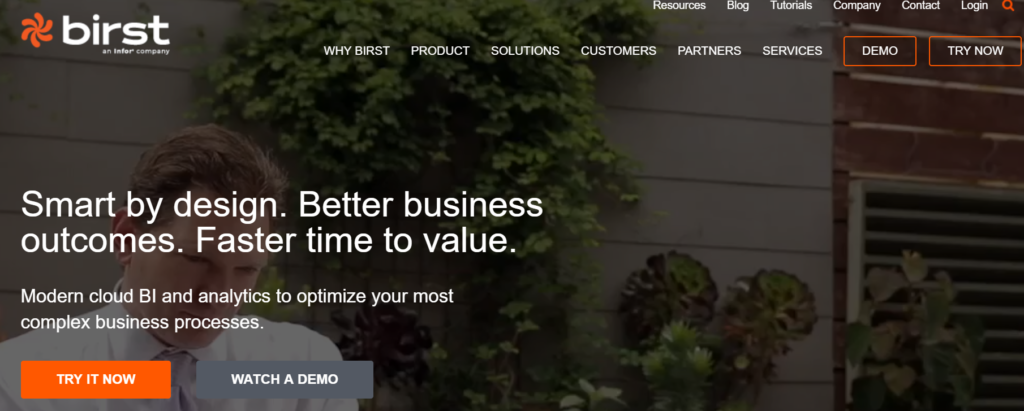
There are also tools to help pinpoint potential problems in your supply chain funnel — tools like KPMG Spectrum, Solvoyo and SAP Ariba.
And finally, there are also options for better manage your products, suppliers, lead times and overall operational performance like PeopleSoft, TARGIT, Deloitte Supply Chain Solutions and Halo.
Tools that automate your order processing, offer shipping status alerts and assist with warehouse management are also popular tools that can help ensure a lean supply chain.
Keep At It
Never leave your supply chain untouched or unmanaged for long. Make a commitment to analyzing its health on at least a quarterly basis.
Are you spending as little as possible, but still meeting (better yet, exceeding) your customers’ demands for quality and delivery?

If not, then your supply chain can be optimized further. Keep tweaking and adjusting as your audience, analytics and logistical needs demand.
Need more information on supply chain optimization? Email [email protected].
You Might Be Interested In










